8. Death in Venice – Luchino Visconti
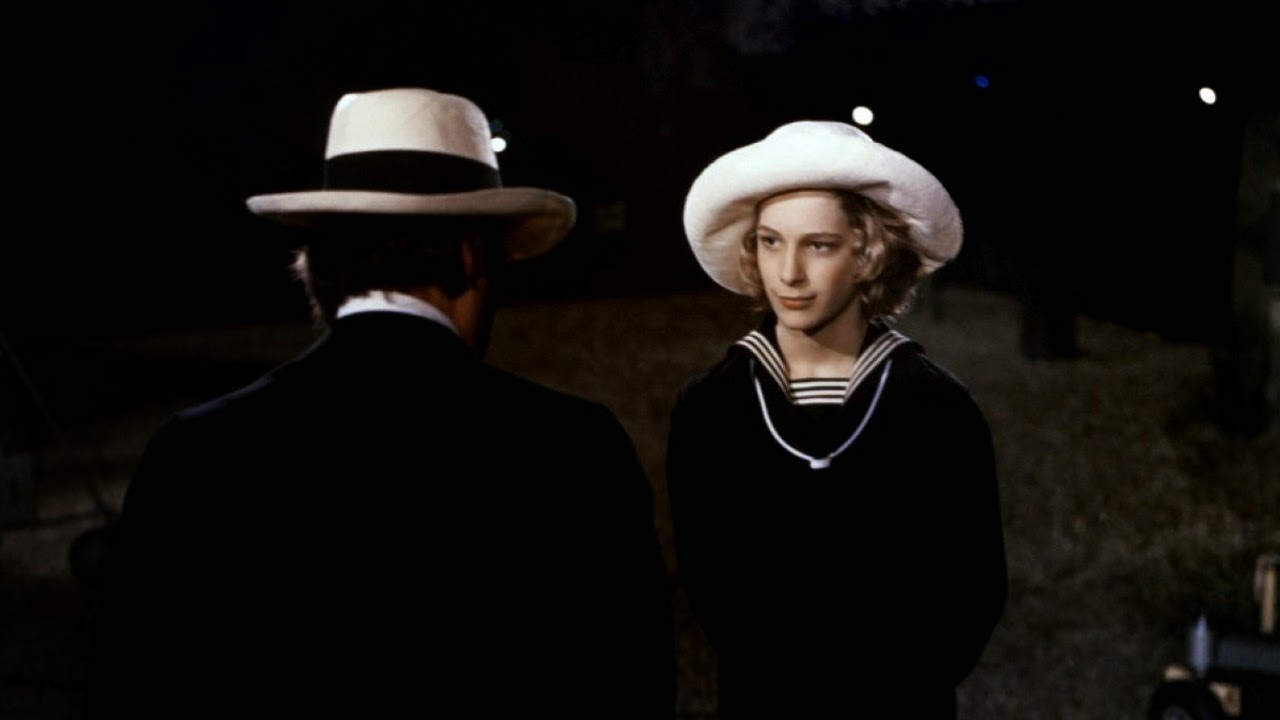
The adaptation of the Thomas Mann novel, in which Luchino Visconti used music composed by Mahler (who also inspired himself in the novel), is one of the greatest films ever made. It deals on the crisis that music and art itself had during the 20th century.
The portrait that Visconti creates is that of a dying composer who becomes obsessed with a young kid, who symbolizes both the new generations that will replace him and the lost beauty he once knew (the kid plays Mozart on the piano).
The deep understanding that Visconti had of decadence and film form can be seen in this masterpiece. The decadence of the composer is reflected in Venice, which is related to him through the music of Mahler, which in itself reveals this decadence.
Also, the conscious of the composer on his circumstances is reflected with one of the most sophisticated techniques ever used, the transformation of a POV (point of view) into a general shot of the character, to which the POV corresponds.
7. The White Ribbon – Michael Haneke
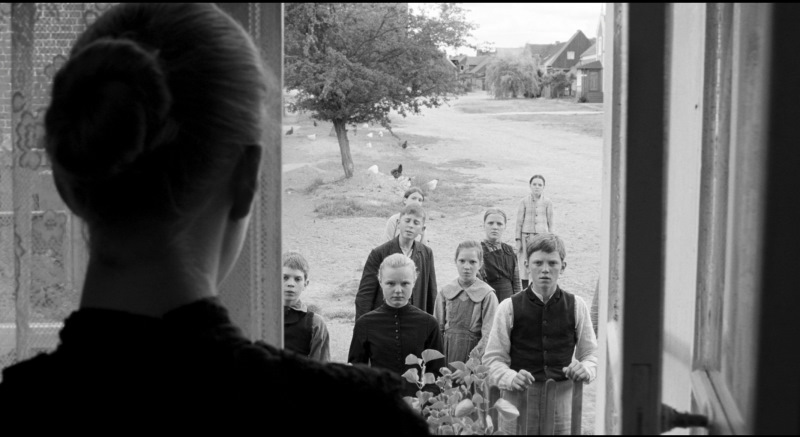
One of the most ambitious film projects by Austrian filmmaker Michael Haneke was “Das Weisse Band,” a portrait of a German rural town in which a series of mysterious crimes are committed.
In this film, Haneke displays all of his mastery in film technique to create a powerful portrait which the narrator tells is a key to understand the events of the 20th century. Many elements of classic narrative are subverted by Haneke to create a unique film that is considered a modern classic.
An example of the subversion of element is the presence of a narrator who ends up not having a privileged point of view on the events. Through techniques such as these, Haneke creates the expectation of a resolution that never comes. Instead of an explanation for the crimes, Haneke provides a portrait of the town. In the portrait, we can see the degradation and sickness that fills the town, and this may be a way for Haneke to explain the proliferation of evil in it.
6. Tokyo Story – Yasujiro Ozu
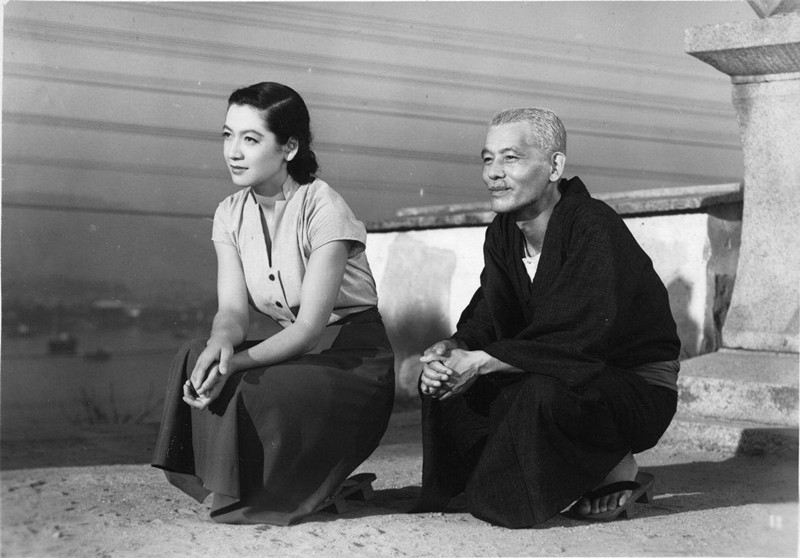
Ozu’s most iconic films and one of the ones in which he achieved his highest level of perfection and mastery with the classic Ozu themes: family and time. These two themes are enough for Ozu in this film, in which he show the visit of an old couple to the younger generations of their families in the modern city of Tokyo. Through the interaction of the family, Ozu shows the place that each of the three generations have with themselves and with the passing of time.
The unique way in which Ozu shoots shows not only the relationships between the characters, but also the existence of a silent world that keeps going on even though there are no characters in it.
There are many great scenes in the film where the characters understand their conditions; mostly the oldest, who know that their place in the world is no longer active. There is one great moment in which two characters who have shown mercy to each other see the dawn of a new day, as both understand the necessity of starting a new life.
5. Persona – Ingmar Bergman
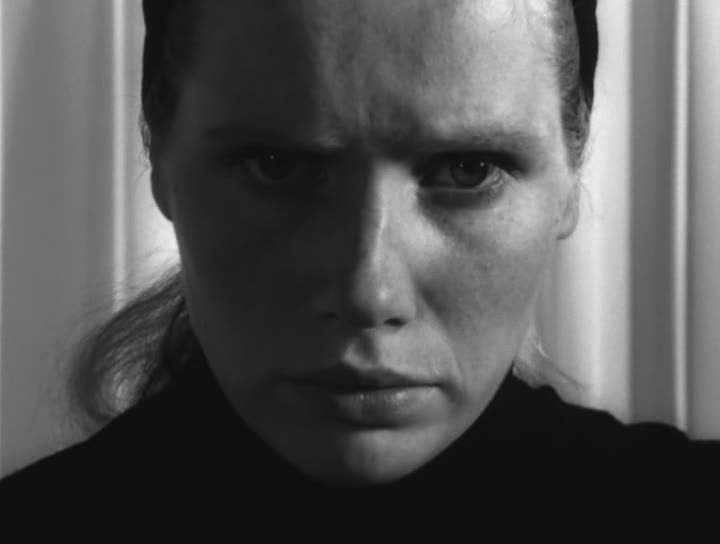
One of the great masterpieces of the Swedish master. In some ways, it tackles most of the subjects that can be seen in Bergman’s filmography due to the fact that the main subject of it is identity. Through identity, the interest of Bergman on sexuality is also portrayed.
In the film, we see the interaction between two women, one who refuses to talk and another who wants her to talk. As the film goes on, the interaction becomes more and more complex, while one of the characters starts revealing herself and the other remains a mystery.
The film remains as one of the greatest visual explorations of identity. It has many great scenes, but there is one in which the process of “being the other” is portrayed through the repetition of dialogues. The ambiguity and constant mystery that identity implies is also greatly portrayed through the powerful cinematography of Sven Nykvist, one of Bergman’s greatest collaborators.
4. Wings of Desire – Wim Wenders
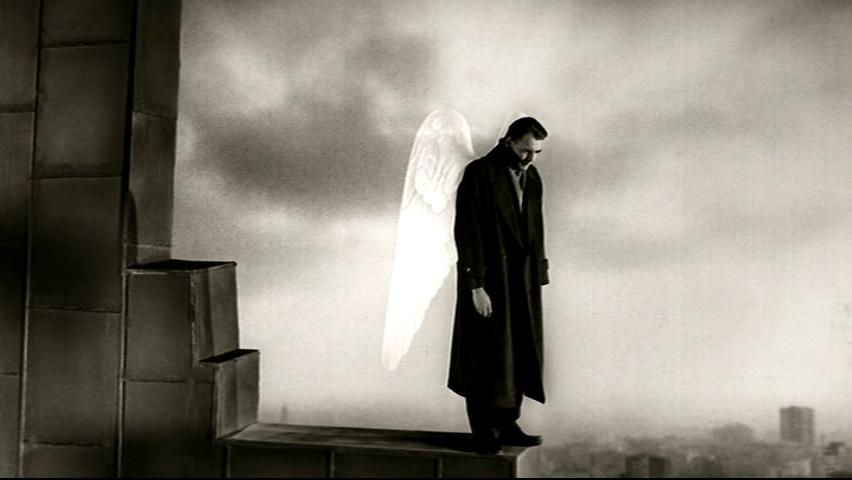
One of the most famous films by German filmmaker Wim Wenders is “Wings of Desire,” an adaption of the novel by Peter Handke. In the film, we see an angel wander a city in which he is responsible for saving human lives. As the film goes on, the angel meditates on the idea of ceasing to be immortal and becoming a human being. This leads to constant contemplation and meditations on the value and meaning of human life within the poetic instinct of Wenders.
The atmosphere that the film creates is one of the greatest example of the power of film form. Both in terms of sound and image, the atmosphere is different from ordinary life, cleaner and emptier, reflecting the life of angels. Another aspect that makes the film great is that the angels are invisible to humans, and we can see their struggle in trying to save them and trying to communicate with them, as one of the angels start falling in love with a human.
3. Post Tenebras Lux – Carlos Reygadas
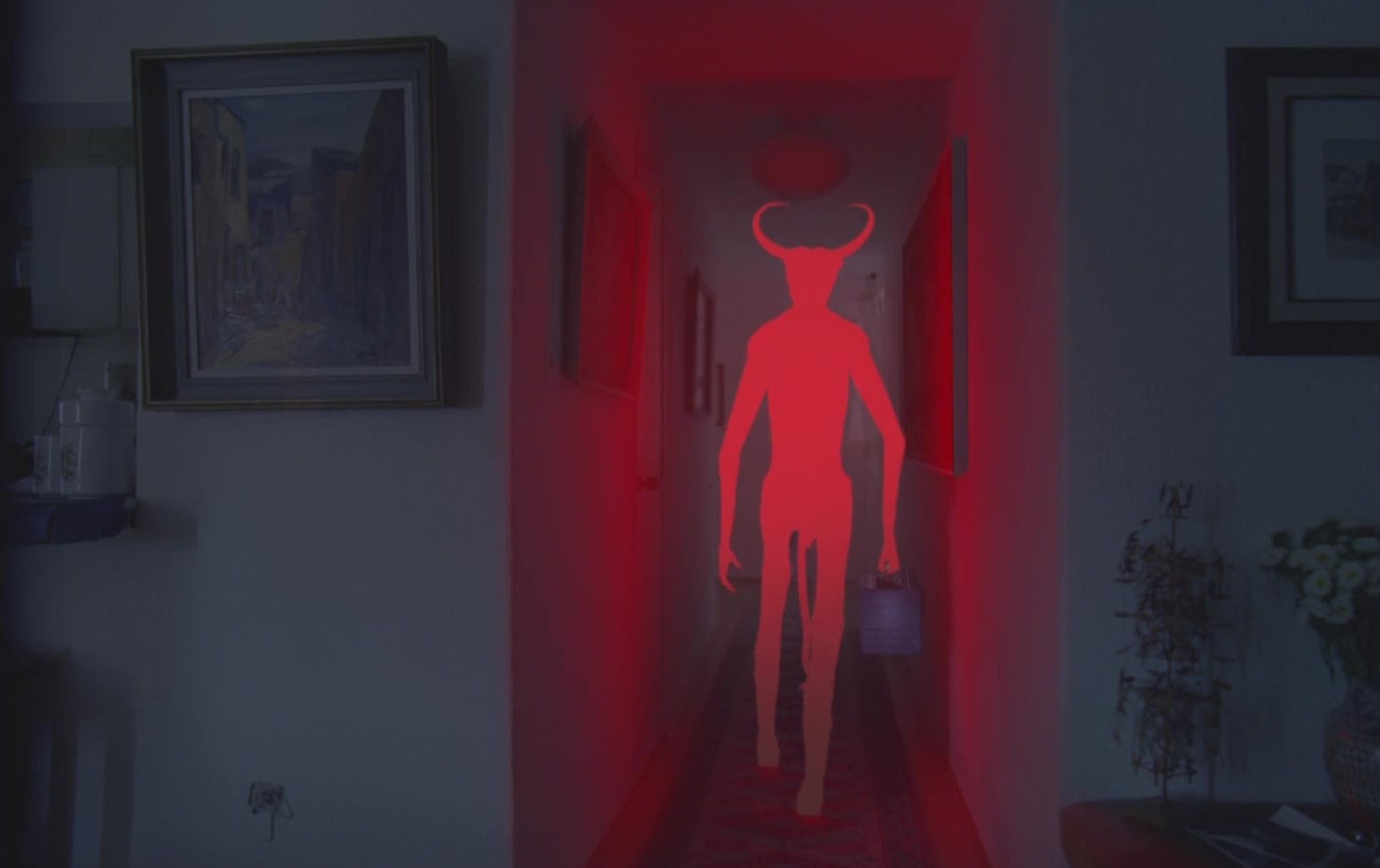
The latest film by Mexican director Carlos Reygadas is probably is his most controversial as it is also his most daring in terms of film language. The film purposely lacks a concise plot and instead juxtaposes dramatically unrelated episodes in which we see fragments of the life of Juan and other characters related to him in one way or another.
Through the episodes of the film, we constantly see the characters experience a dualism of life and death, and good and evil (if one can use these word to describe the dualism of the film).
The film is famous for being both hard to understand and extremely ambiguous, yet it is hard to deny the power of many episodes of the film. Two of the most well-executed moments of the film are the opening and the death of Juan.
The opening involves the young and innocent daughter of Juan running in an open field while a storm approaches, and the death of Juan with “It’s a Dream” performed by his wife. Both of these fragments are shot in the dreamlike atmosphere that Reygadas created for the film, whose title means “The Light After the Darkness.”
2. The Sacrifice – Andrei Tarkovsky
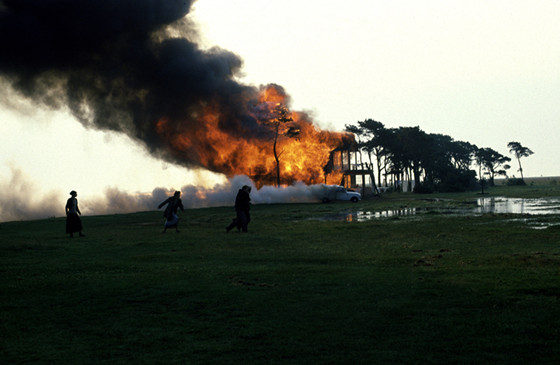
The final film directed by the legendary Andrei Tarkovsky was shot when the Russian director was suffering from terminal cancer, and it indeed feels like some kind of farewell for the short and yet inexhaustible filmography of Tarkovsky. It tackles the dilemma of an intellectual artist who faces a decision that involves a sacrifice and a leap of faith.
Sacrifice is an extremely important theme for Tarkovsky as it can be seen in the way he relates that action to the office of an artist in his book “Sculpting Time,” where he also talks about freedom as doing not just what one wants, but what one should in spite of it all.
The film displays the characteristic philosophical episodes of other films from Tarkovsky framed within long takes with complex mise en scene. Religion and death are central themes of the film, which displays a world crisis only through the portrait of a house and its immediate surroundings. The musical theme that Tarkovsky picked for the film is “Erbarme Dich” by J. S. Bach, and it was dedicated to his son with the text “with hope and confidence.”
1. Eternity and a Day – Theo Angelopoulos
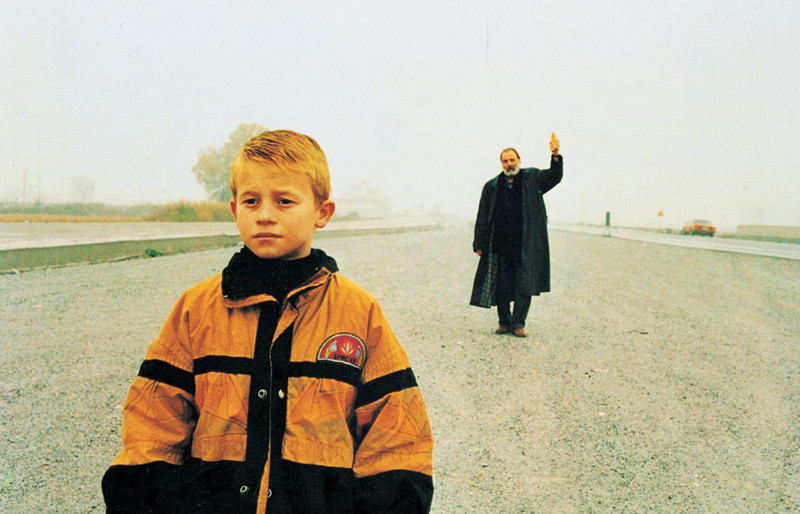
When Greek filmmaker Theo Angelopoulos talks about cinema in general, he speaks about to subjects that be clearly seen in his films: time and thresholds/borders/frontiers. He once said that with his films he wanted to display the way in which human beings relate with time, and also that it was through cinema that human beings could “expand” their frontiers (he was deliberatively ambiguous when talking about frontiers).
His 1998 film “Eternity and a Day,” which he wrote in collaboration with the legendary Tonino Guerra, is one of the greatest examples of the mastery with which Angelopoulos treated these subjects.
The film has not only one but many of the most profound and touching moments in film history. Take, for example, the beginning where the lead character notices that an unknown neighbor is listening to the same song that he is, which is going to be a leitmotif through the film.
Another great moment is the one where the lead character crosses a threshold of his old house, and the family he has lost comes back to life for one last dance. These two episodes and the entire film is displayed in the unique rhythm and atmosphere of the universe created by this Greek master of cinema.